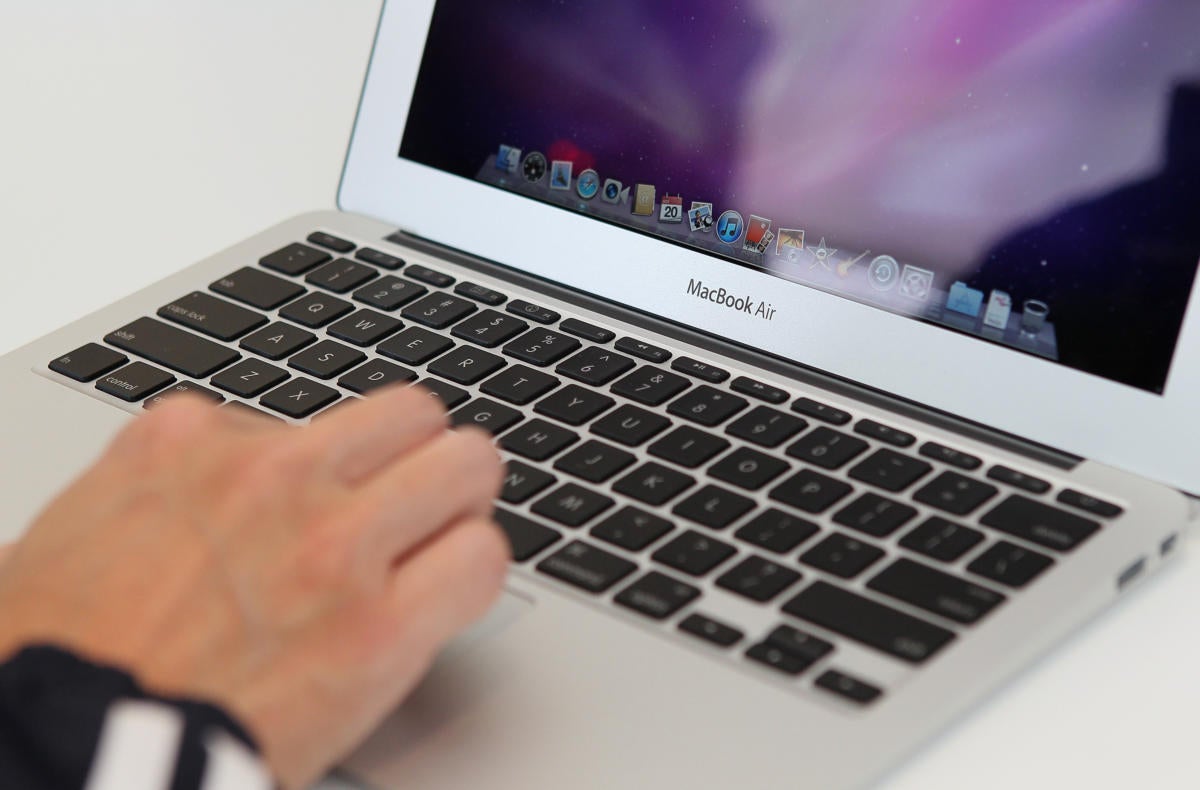If you used Time Machine to create a backup of your Mac, you can restore your files from that backup or a local snapshot on your startup disk. You might want to restore your files after the originals were deleted from your Mac, or the hard disk (or SSD) in your Mac was erased or replaced, such as during a repair.
- Backuplist is a simple free Backup Software for Mac with pretty good features. It actually creates a copy of your data instead of archiving them. Also, it provides you different options for copying your data such a Backup, Incremental backup, Clone drives, Sync folders, Backup the whole system, and you can also make a copy of hidden recovery.
- For instance if the Mac is stolen you will lose both the backup and the original data. It is advisable to use software that allows multiple devices backup. With this feature, you can backup your Mac, iPhone, Windows PC and other devices which ensure that the chances of getting the data back are high.
- It can be the best free backup software for file protection with two methods - backup and sync; both support auto backup. This backup utility supports email notifications with email address configure after backup. With this PC backup software for Windows, you are able to.
- Feb 07, 2018 The Best Backup Software. Nobody likes taking the time to back up a PC's document, media, and system files, but doing so can save you a world of hurt.
- Free download AOMEI backup software to back up system, restore disk for disaster recovery, clone disk partition in Windows PC and laptop easily and quickly.
Free Mac Backup Software
DriverMax is a free driver backup software for Windows. Using this software, you cannot only backup drivers, but you can also update all outdated drivers on your system. Plus, driver restoration feature is also available in it to restore drivers back when required. In this software, you get two different approaches to backup drivers, namely Create System Restore Point and Create Driver Backup.
Restore from a Time Machine backup
When you restore from a Time Machine backup, you can choose to restore all your files, or restore both the Mac operating system (macOS) and all your files.
Restore all your files
- Make sure that your Time Machine backup disk is connected to your Mac and turned on. Then turn on your Mac.
- Open Migration Assistant, which in the Utilities folder of your Applications folder.
- If your Mac starts up to a setup assistant, which asks for details like your country, keyboard, and network, just continue to the next step. The setup assistant includes a migration assistant.
- If your Mac doesn't start up all the way, or you also want to restore the macOS you were using when you created the backup, follow the steps to restore both macOS and your files.
- When you're asked how you want to transfer your information, select the option to transfer from a Mac, Time Machine backup, or startup disk. Then click Continue.
- Select your Time Machine backup, then click Continue.
- If you're asked to choose from a list of backups organized by date and time, choose a backup and click Continue.
- Select the information to transfer, then click Continue to start the transfer. This screen might look different on your Mac:
- If you have a lot of content, the transfer might take several hours to finish. When the transfer is complete, restart your Mac and log in to the migrated account to see its files.
Restore both macOS and your files

These steps erase your hard disk, then use your backup to restore both your files and the specific version of macOS you were using when you created the backup.
Backup Software
- Make sure that your Time Machine backup disk is connected and turned on.
If your backup disk isn't available, keep going: You might be able to restore from a local snapshot on your startup disk. - Turn on your Mac, then immediately press and hold Command (⌘)-R to start up from macOS Recovery. Release the keys when you see the Apple logo or spinning globe.
- When you see the macOS Utilities window, choose the option to restore from a Time Machine Backup.
- Click Continue until you're asked to select a restore source, then select your Time Machine backup disk. Or select your startup disk (Macintosh HD), which might have a local snapshot you can restore from.
- Click Continue. If your disk is encrypted, you're asked to unlock the disk: Enter the administrator password you used when setting up Time Machine, then click Continue again.
- Select a backup, if available, then click Continue.
- Select a destination disk, which will receive the contents of your backup. If restoring from a local snapshot, you aren't asked to select a destination.
- Click Restore or Continue. If your Mac has FileVault turned on, you're asked to enter your administrator password to unlock the disk.
- When done, restart your Mac.
Restore specific files
Learn how to use Time Machine to restore specific files, including older versions of your files.
Learn more
Backup Software Free

Best Mac Backup Software
- What to do if you can't restore with Time Machine. If you need help, contact Apple Support.